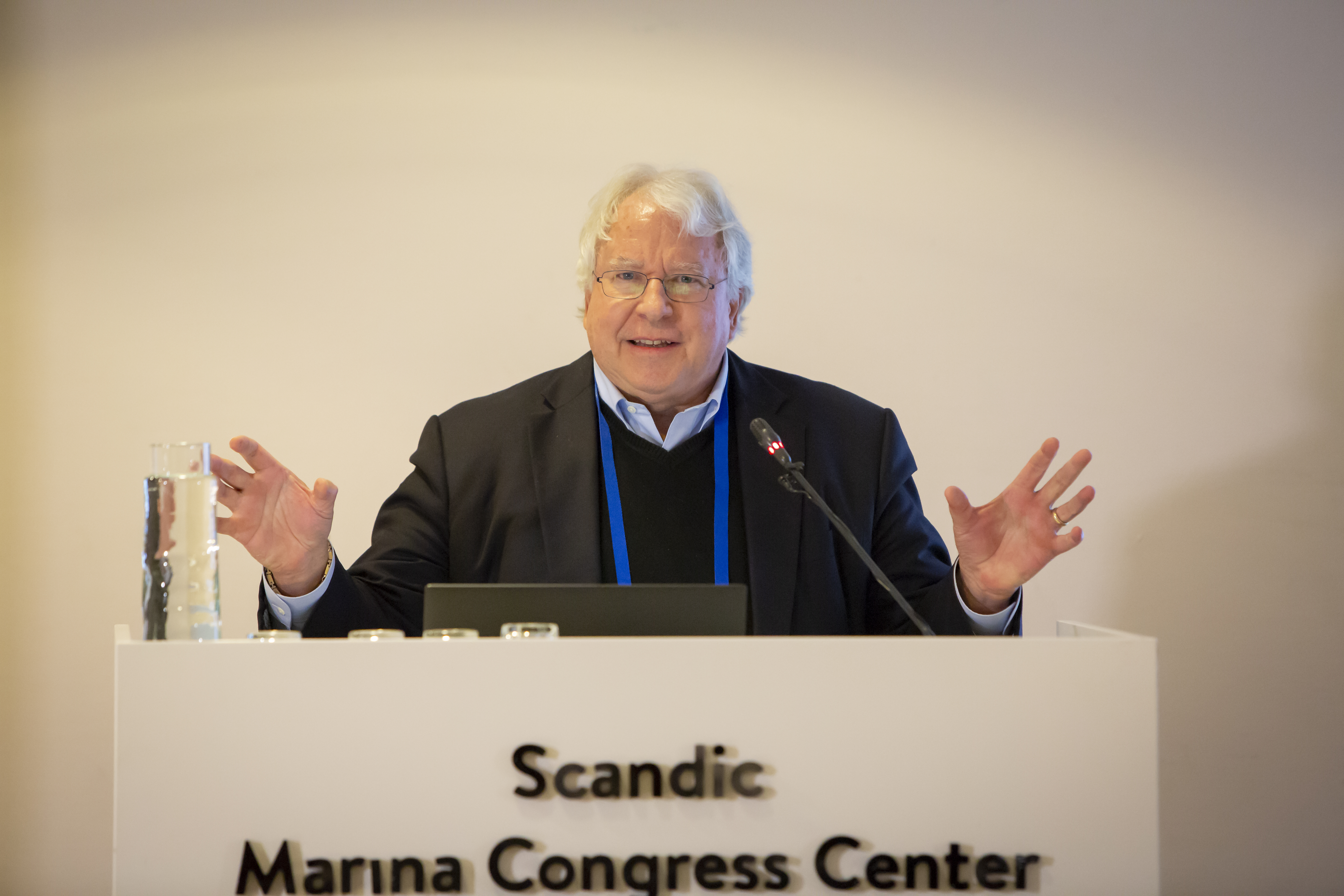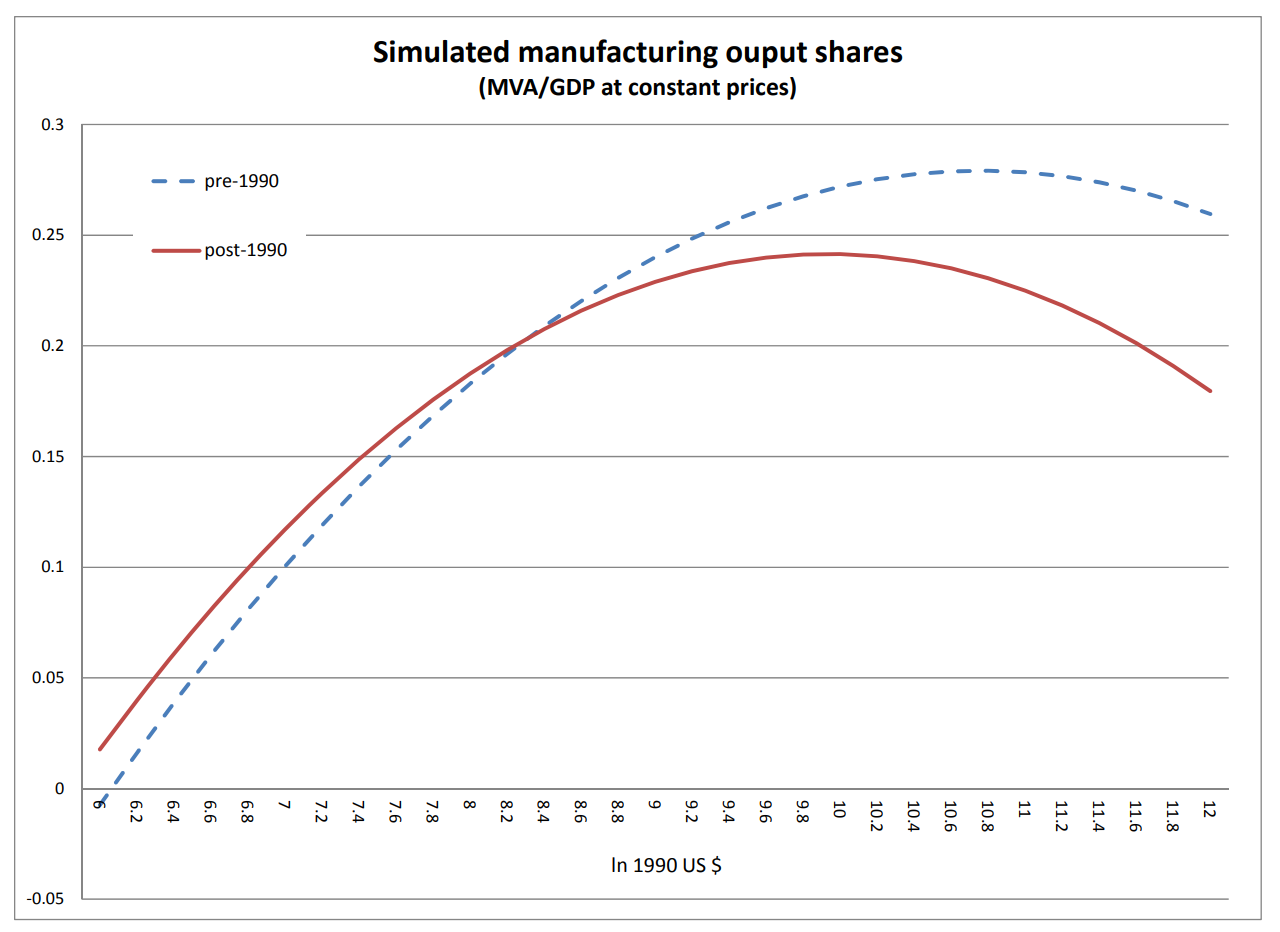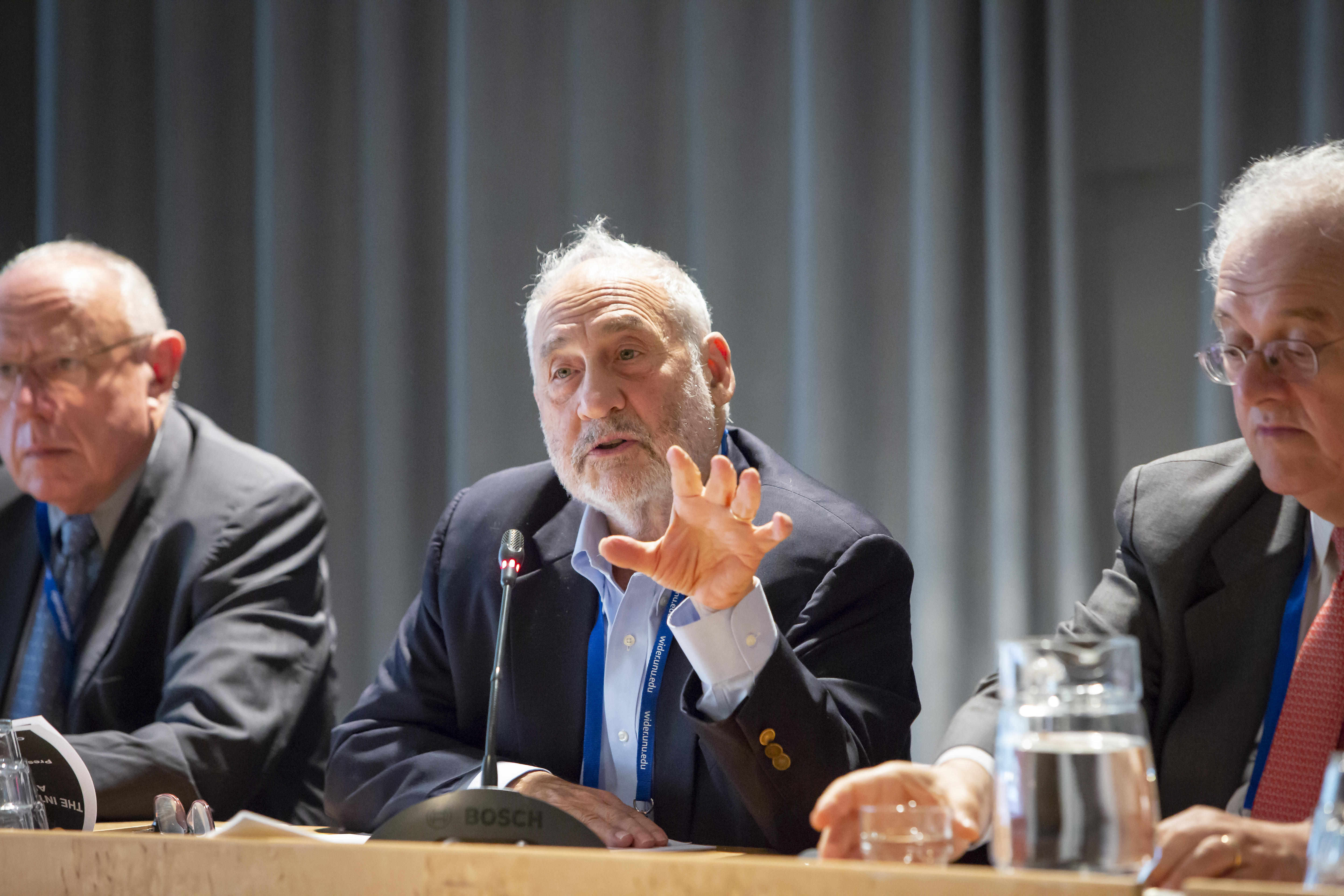Blog
What is the future of industrial policy in Africa
Views from Experts
13 September through 15 September 2018, UNU-WIDER hosted the Think development - Think WIDER conference in Helsinki, Finland. Over three days, participants from fifty-nine countries gathered at the Marina Congress Center to discuss the past, present, and future of development economics and the field’s role in addressing major global challenges.
A day before the conference opened, the Brookings Institute economist and UNU-WIDER non-resident researcher John Page put forward his idea for an African growth strategy, aptly summed up as Industries without Smokestacks, in a WIDER Seminar Series event. This seminar will become part of a UNU-WIDER massive open online course (MOOC).
Two days later, at the conference session on industries without smokestacks, John Page’s idea was challenged by the former World Bank Chief Economist, Justin Lin. The next morning, the audience listened, rapt, as Joseph Stiglitz, also a former World Bank Chief Economist offered his own take.
The conference offered a lively debate, between the world’s foremost experts, on issues of industrial policy and Africa’s future.

What is the best development model?
John Page’s argument is that development economists have missed opportunities for growth and development because they have kept too narrow a focus, overemphasizing industrialization as a path to prosperity. African nations, though, may not have a strong comparative advantage in the same types of industrial investments that worked for the Global North in the past, or for East Asian economies more recently.
This narrow focus has caused experts to underestimate the amount of value that can come from upgrading ‘African industries’ or sectors which are not in typical manufacturing activities but that share some of the same characteristics with traditional manufacturing. John Page thinks Africa should pursue investments in these ‘industries without smokestacks.’
Examples of these opportunities include global agricultural value-added supply chains, the mechanization of agro-processing, the provision of cut-flowers to export markets, tourism, and information and communication technologies.
Justin Lin argues that these sectors have been shown to employ fewer workers than traditional manufacturing. Therefore, they offer limited opportunity for Africa. Here, it is the large and growing number of unemployed in Africa that is presented as the problem. Industrialization remains, in Lin’s view, a major part of the solution.
A lack of African jobs is not only an African problem, but a global one if we keep in mind Benno Ndulu, Martin Ravallion, and other economists’ fears about sluggish global demand, which are presented here. Solving the employment/income problem through methods other than manufacturing growth, namely through a universal basic income or universal basic share, is an alternative that was actively considered by Ravallion.
Justin Lin, though, was adamant that the model that succeeded in East-Asian countries can also succeed in Africa. Which would mean that Africa could have more employment via industrialization if the right policy environment is adopted.
Joe Stiglitz, however, stated his belief that the time for an East-Asian strategy has passed. Although it once worked for others, the conditions that made it possible no longer exist. In his latest paper, he instead proposes a multi-pronged strategy for Africa.
Stiglitz asks first, what was it about the East Asian case (‘miracle’), that made it so valuable to the growth and development of the East Asian economies? His short answer is that the strategy simplified the needs of development. By eliminating supply and demand constraints through the development of an export-led manufacturing sector open to the global market, policymakers could focus on a single constraint – foreign exchange.
The simplification of the problem, by solving demand and supply constraints, allowed officials to focus on just the foreign exchange constraint. They learned to specialize in macroeconomic management. So long as they managed macroeconomic variables, like exchange rates and interest rates, they could overcome the exchange constraint and their economies would develop.
In the East Asian case, the basket of industrial policies deployed, combined with the pressures of competition in the global market created the right mix of environment, incentives, and finance to allow for a growing manufacturing sector. This led eventually to the transformation of East Asia into the highly developed, diverse, and dynamic region that it is today.

This trajectory has typically followed the inverted-U shape (above). When industrialization is graphed as a function of the rising average incomes it creates, the U represents how as the economy develops, the domestic worker also becomes a domestic consumer. Once this happens, the share of manufacturing in the economy declines relative other sectors.
This is not what happened in Africa though. Africa’s recent history instead shows rapid and premature deindustrialization. The share of manufacturing never peaked and began to fall rapidly before African economies achieved the standard levels of income growth. As Stiglitz explains in his new paper:
'Sub-Saharan Africa began its deindustrialization in the 1980s, much too prematurely and rapidly: manufacturing’s share peaked in 1977 at about 17% and then declined almost continuously: reaching to about 11% in 2015.'
The high costs required to re-invest in African manufacturing would be difficult for African nations to handle. Stiglitz argues specifically that even if these nations can overcome investment constraints, they will not have the ample levels of global demand and competitive edge in labour costs that East Asian economies leveraged in the past.

To put it more simply, as Joe Stiglitz did during his keynote address, the East Asian 'model won’t be working in the future to the extent that it did in the past'.
What does he think Africa should do, given these realities? The short answer is everything they possibly can. His paper details a multi-pronged approach, not dissimilar from John Page’s notion; but also, not ruling out the role of agriculture, finance, and, yes, some manufacturing investments that Justin Lin would support.
This debate, over the right model for Africa, is part of what UNU-WIDER does. As our director Finn Tarp said during the conference’s opening statement:
'There is no one-way street to development, no single roadmap. [Development happens] as the result of a network, that transfers knowledge back and forth between researchers and practitioners'.
The views expressed in this piece are those of the author(s), and do not necessarily reflect the views of the Institute or the United Nations University, nor the programme/project donors.
 Join the network
Join the network



